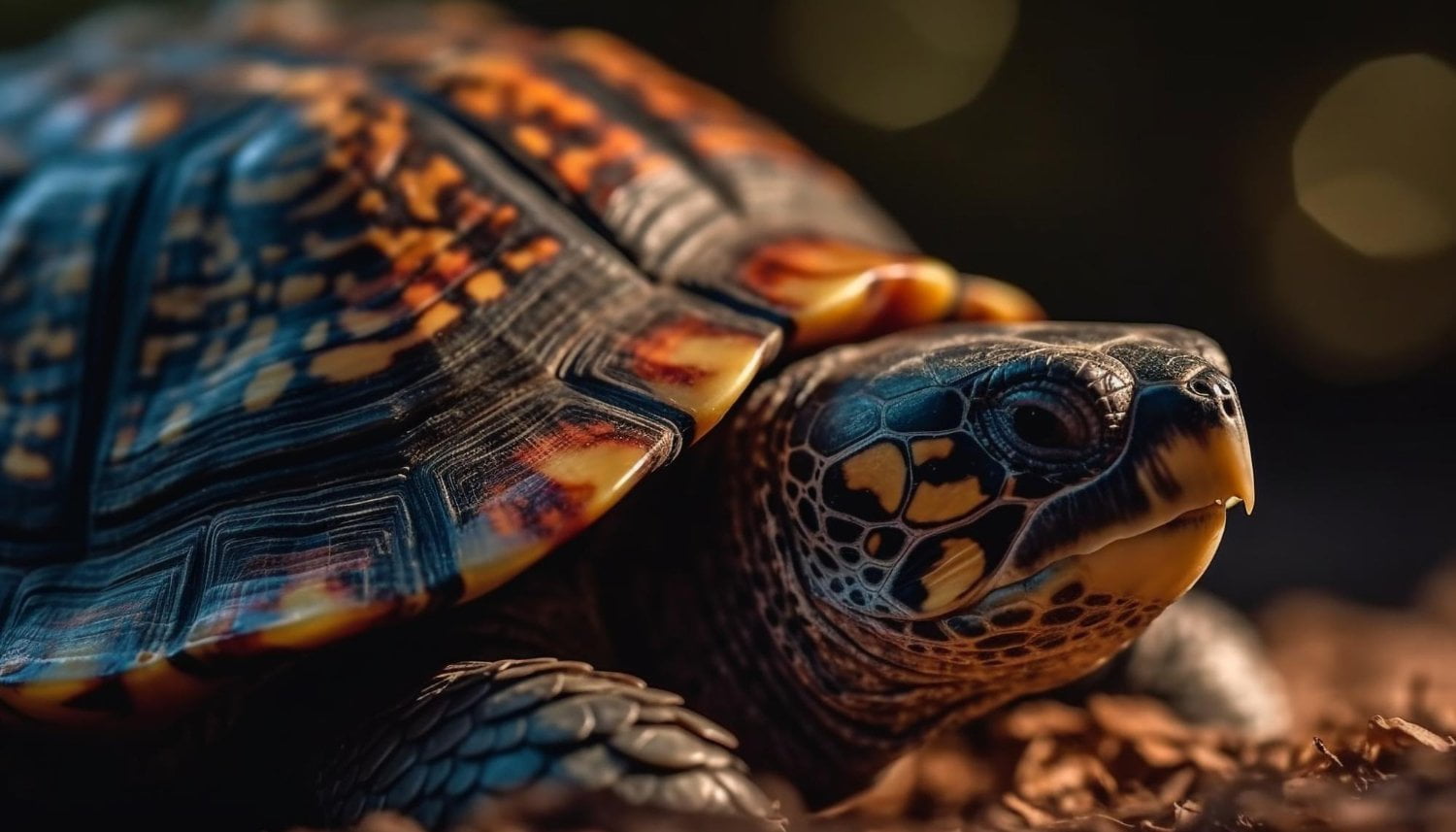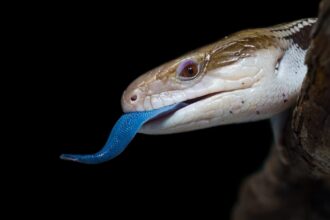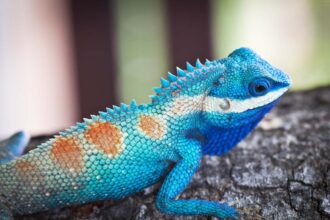Turtles are fascinating creatures that have captivated the curiosity of humans for centuries. Their unique appearance and aquatic lifestyle often raise questions about their classification as either amphibians or reptiles. In this article, we will delve into the characteristics, life cycle, and evolutionary history of turtles to determine whether they belong to the class Amphibia or Reptilia.
Taxonomic Classification
- Turtles are classified under the class Reptilia, which encompasses a wide range of vertebrates including lizards, snakes, crocodiles, and birds.
- The class Amphibia, on the other hand, includes frogs, toads, salamanders, and newts.
- While turtles share some similarities with amphibians, such as their aquatic lifestyle and ability to live in both land and water environments, they possess distinct features that firmly place them within the class Reptilia.
- One of the key distinguishing features is their possession of a unique bony shell, which is absent in amphibians.
- Additionally, turtles exhibit adaptations such as lung-based respiration and the ability to lay eggs on land, aligning them with reptilian characteristics.
- While there may be certain shared traits between turtles and amphibians, the overall classification based on their distinct features and characteristics firmly places turtles within the class Reptilia.
Anatomy and Physiology
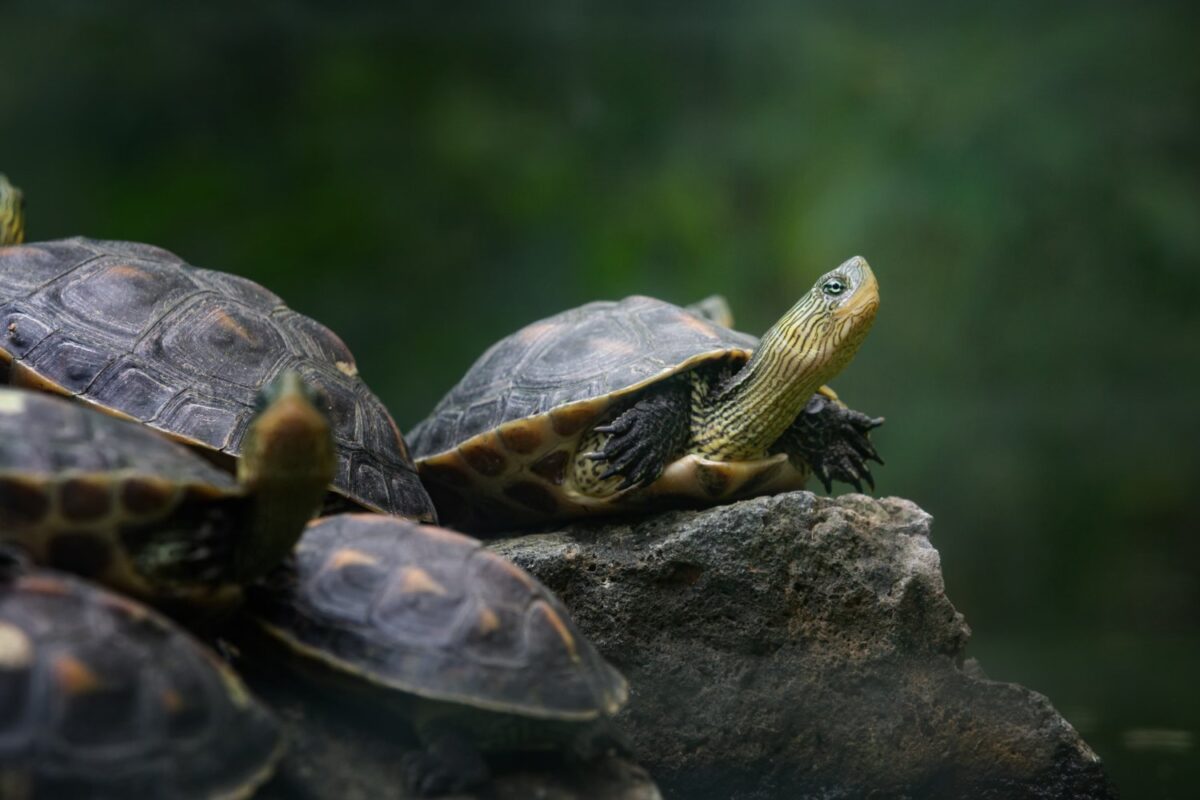
- One of the key factors distinguishing turtles as reptiles is their unique skeletal structure. They possess a bony shell composed of an upper part called the carapace and a lower part called the plastron.
- This shell, which serves as a protective covering, is made up of fused bones derived from the ribs, vertebrae, and other elements of the turtle’s skeleton. Amphibians, on the contrary, lack such a specialized bony shell.
- Turtles also possess a specialized respiratory system adapted for life on land. Unlike amphibians, which rely on cutaneous respiration (breathing through their skin) and often have permeable skin, turtles have lungs for breathing air.
- They lack gills and are not dependent on a water-based environment for respiration, further aligning them with reptiles.
Life Cycle and Reproduction
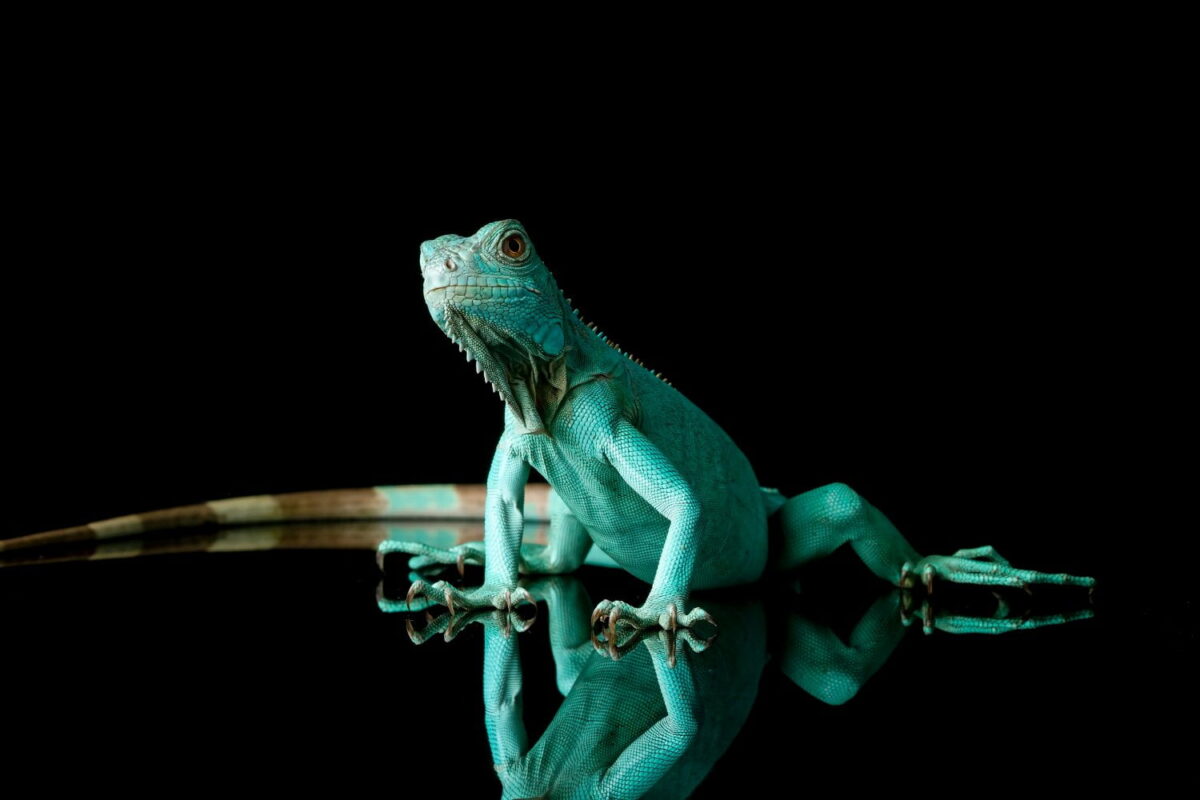
Also discover: Blue Bearded Dragon
- Turtles lay their eggs on land, aligning them with reptiles. The female turtle usually searches for a suitable nesting site and digs a hole to deposit her eggs.
- Once the eggs are laid, they are left to incubate in the warm sand or soil. The incubation period varies depending on the species and environmental conditions.
- Unlike amphibians, which have an aquatic larval stage, such as tadpoles, turtles do not undergo metamorphosis. The hatchlings that emerge from the eggs are fully formed and resemble miniature versions of the adult turtles.
- The hatchlings are self-sufficient and independent right from the start, not relying on an aquatic larval stage for their development.
- This distinct life cycle sets turtles apart from amphibians, reinforcing their classification as reptiles.
Overall, the reproductive behavior and life cycle of turtles align them more closely with reptiles rather than amphibians. Their ability to lay eggs on land and the absence of an aquatic larval stage further solidify their classification within the class Reptilia.
Evolutionary History
- The evolutionary history of turtles provides additional evidence supporting their classification as reptiles.
- Fossil evidence suggests that turtles evolved from reptilian ancestors during the late Triassic period, around 220 million years ago. Their unique shell and other anatomical features gradually developed over millions of years, distinguishing them as a distinct group within the reptilian lineage.
Conclusion
While turtles share some characteristics with amphibians, their distinct features, such as the bony shell, lung-based respiration, and life cycle, firmly place them within the class Reptilia. Their classification as reptiles is supported by anatomical, physiological, and evolutionary evidence. Understanding the classification of turtles not only enriches our knowledge of these fascinating creatures but also provides valuable insights into the diversity of life on Earth.




